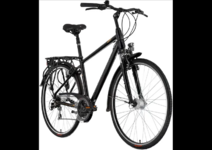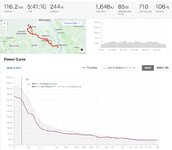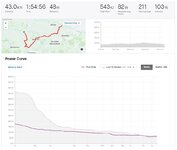AntonioAlfaro
Active Member
- Region
- Other
Thanks ngg and Stefan for your comments. In fact I am thinking about developing a new chapter on how to optimize the mass parameter on an E bike once I finish developing this proposal on how to customize assistance levels in an optimal and structured way.
By the way ngg, I really like those images, it seems to be a beautiful place to practice cycling.
By the way ngg, I really like those images, it seems to be a beautiful place to practice cycling.



